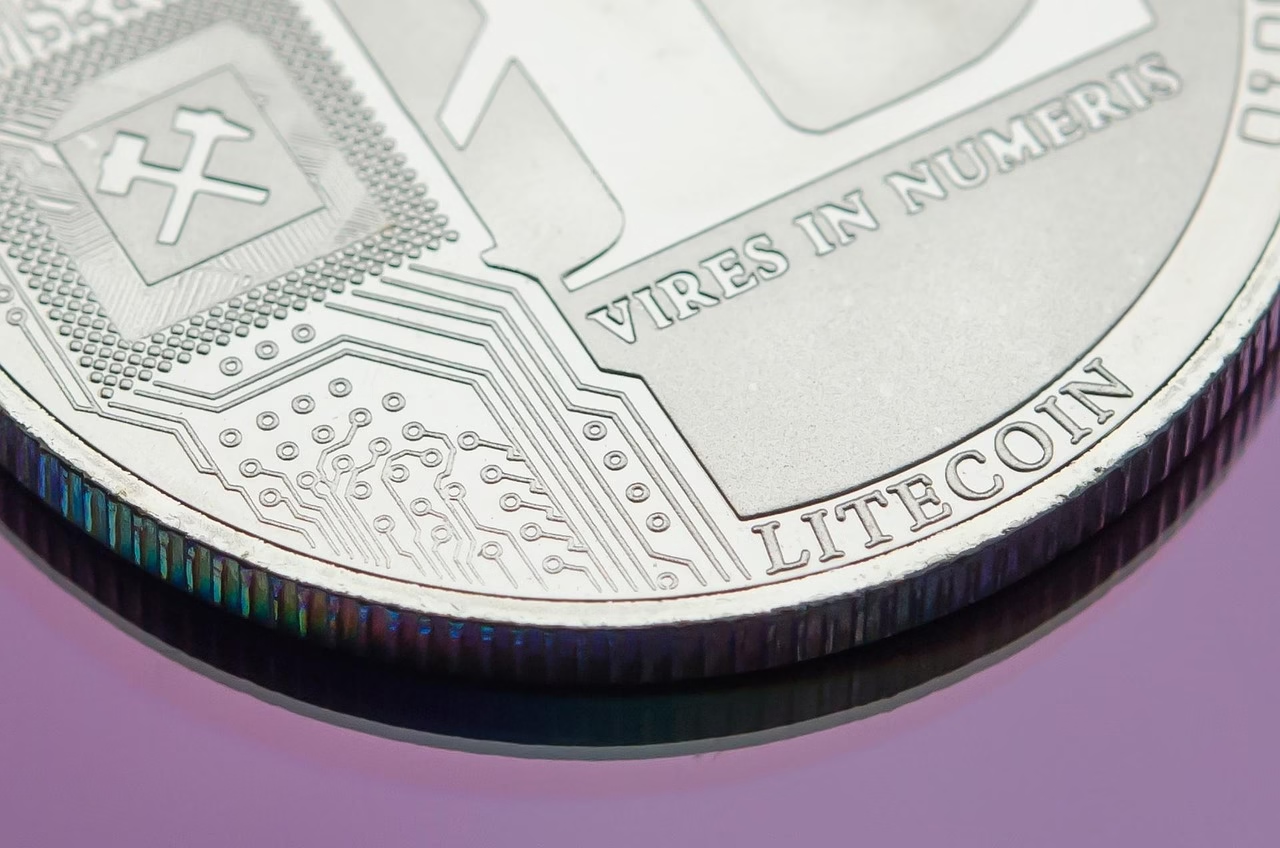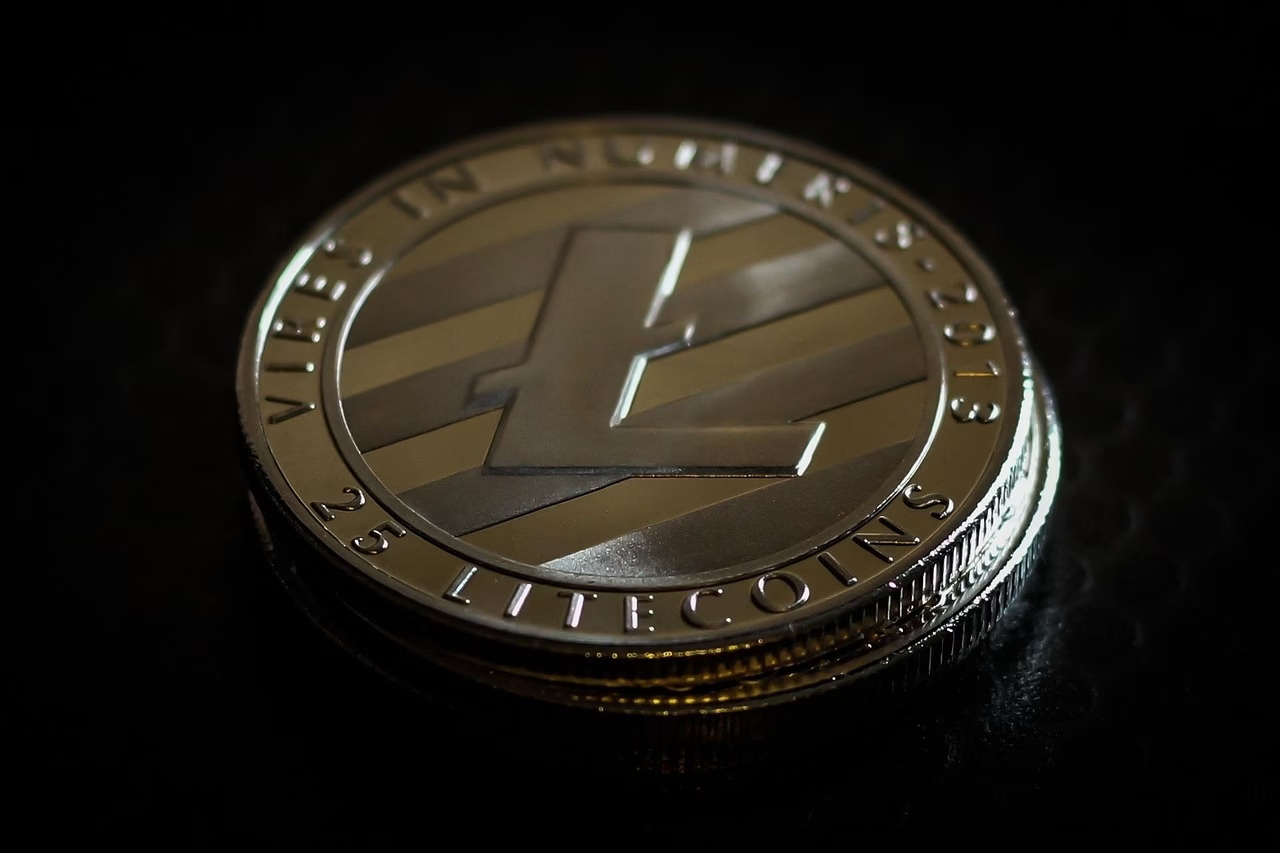Senate’s GENIUS Act Passage Fuels Stablecoin Boom and 24/7 U
July 2, 2025 | by Sophia Vance

Senate’s GENIUS Act Passage Fuels Stablecoin Boom and 24/7 USDC Payments Rollout
By Sophia Vance — Financial analyst & crypto commentator
The Spark That Lit the Stablecoin Fuse
On June 27, 2025, the U.S. Senate passed the Guiding and Establishing National Innovation for U.S. Stablecoins (GENIUS) Act in a striking 68-30 bipartisan vote. Markets responded instantly: the combined market cap of U.S.-dollar-pegged stablecoins ballooned from $186 billion to $225 billion in four trading sessions, with USDC alone absorbing nearly $20 billion of fresh inflows. Merchants, payment rails, and investors finally have what they’ve begged Washington for since 2019—regulatory clarity.
The Act draws a bright line: dollar-backed payment stablecoins are not securities when issued by licensed entities maintaining 1:1 cash-and-T-bill reserves, disclosing monthly attestations, and submitting to Bank Secrecy Act oversight. In plain English: bank-grade transparency without the red tape of a full bank charter. That distinction removes the existential litigation overhang that has dogged Circle, Paxos, and others for half a decade.
USDC’s 24/7 Payment Offensive
Circle wasted zero time. Within 48 hours of the vote it flipped the switch on USDC Express—a firmware upgrade that guarantees sub-second settlement and gas-less transfers under $100 on its Optimism-based layer. Coinbase then bundled the rails into “Coinbase Payments” and embedded it natively inside Shopify dashboards, promising merchants T+0 cash flow, weekend included. Visa and Mastercard may have to reinvent themselves; Shopify store-owners are already processing stablecoin orders at 20–50 basis-points cheaper than interchange.
“Winning isn’t about building another fancy blockchain. It’s about making payments disappear in the background—any amount, any hour, 365 days a year.” — Jeremy Allaire
Why Wall Street Loves the GENIUS Act
1. Predictable Liquidity
Money-market funds living inside USDC wallets now yield 4.95% APR and provide instant redemption. Compare that with the two-day lag on a prime fund withdrawal and the edge becomes obvious. Expect treasury desks to move idle cash from sweeps to stables throughout Q3.
2. Fragmented, No More
The Act’s federal charter option streamlines compliance across fifty states. Instead of applying for a money-transmitter license in Rhode Island or facing California’s “mini-CFPA” exams, issuers can now lock in one regulator and scale nationally.
3. Clear Tax Treatment
Stablecoins used for payments under $10,000 qualify for de-minimis capital-gains exemption—a rider buried on page 182. CFOs of Fortune 500 retailers can finally book revenue in real-time without fretting about penny-level basis calculations every time a customer checks out with USDC.
Ripples Across the Global Pond
Europe’s MiCA framework looked forward-leaning 18 months ago; now it risks obsolescence. In Asia, Singapore’s MAS hinted it will mirror the GENIUS reserve disclosure regime to stay competitive. Liquidity gravitates to the most permissive yet trusted jurisdiction—and at this moment that jurisdiction is the United States.
Winners & Losers
Winners
- Circle & Coinbase — first-mover advantage plus deep banking relationships.
- FinTech-savvy merchants — immediate settlement improves working-capital cycles by 1-3 days.
- U.S. Treasury — billions more in demand for short-term T-bills as reserve collateral.
Losers
- Legacy card networks — interchange fees face structural compression.
- High-fee cross-border remitters — a remittance corridor hedged in USDC costs one-tenth of a SWIFT wire.
- Shadow-backed stablecoins — fractional-reserve models are effectively outlawed.
Looking Forward: My Playbook
1. Add “rails exposure”. I’m accumulating equity in Circle and Coinbase on pullbacks; they monetize wallet order-flow, not just token supply.
2. Lean into yield-bearing stables. Permissioned on-chain T-bill vaults like BlackRock’s BUIDL are the new cash ETF. Treat them as a substitute for corporate cash management, not a moon-shot bet.
3. Short high-cost payments processors. A structural 25–40 bp fee gap is devouring their moat. Options spreads dated December 2025 give generous implied vol to work with.
4. Watch the House. The Senate delivered momentum, but the GOP-controlled House wants rider concessions on CBDC restrictions. Base-case: a reconciled version reaches the President’s desk by mid-September. Delay risk is real, but wholesale reversal is politically unlikely—no one wants to stand in the way of cheaper, faster payments heading into an election year.
Final Word
The GENIUS Act isn’t a niche crypto bill; it’s the Payment Networks Act of the Internet age. Across the 1990s, Visa built a moat by guaranteeing acceptance; in the 2020s, stablecoins guarantee immediacy. With regulation settled, innovation can finally sprint. If you’re still treating USDC as “just another token,” you’re staring at the railroad and calling it a gimmick. I’m positioning for a decade where dollars travel at the speed of light, and the first trillion-dollar remittance day will happen sooner than you think.

RELATED POSTS
View all



